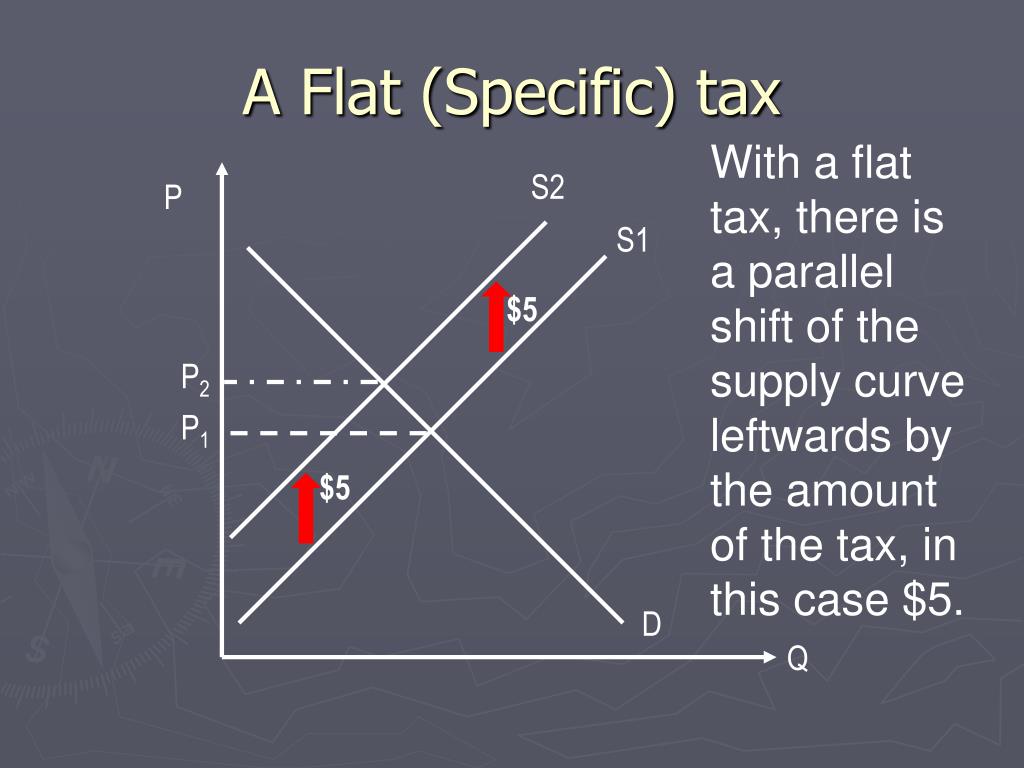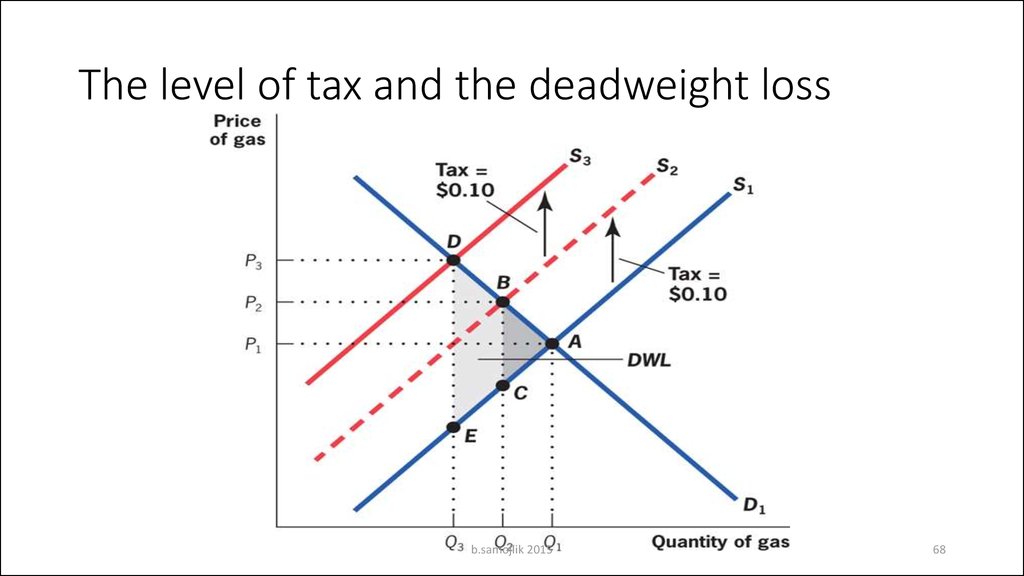


For higher-income people, however, the same tax rate may result in a relatively tiny share. With a regressive tax system, the same dollar amount paid by lower-income people accounts for a much larger percentage of total revenue earned. Low-income persons suffer a disproportionate percentage of the tax burden relative to middle- and high-income people because the same tax rate applies regardless of income. The amount of taxes paid by the taxpayers can decrease as their income increases. Assuming that more commonly used deductions are eliminated, the tax burden could shift dramatically to the lower and middle classes.The regressive tax definition explains it as a tax that is uniformly imposed regardless of the income. Tax rates range from 10% to 37%, depending on income. Shift tax burden to lower and middle classes: A flat tax system could greatly reduce taxes on the richest Americans.A flat tax could also eliminate altogether some taxes that wealthier individuals tend to pay, such as capital gains, dividends, and interest income taxes. The rate could end up being higher than is politically acceptable if a flat-rate tax system were to replace that revenue. Federal revenue totaled $1.52 trillion in the first four months of the fiscal year 2022, and more than two-thirds of that came from personal income taxes, including taxes on capital gains, dividends, and interest. Lost revenue: Revenue could be lost with a flat tax system, depending on just how high that flat tax rate is.Proponents argue that reducing the top income tax rate by moving to a lower flat tax rate encourages business investment and attracts high-income individuals, increasing overall tax revenue and economic stability.


 0 kommentar(er)
0 kommentar(er)
